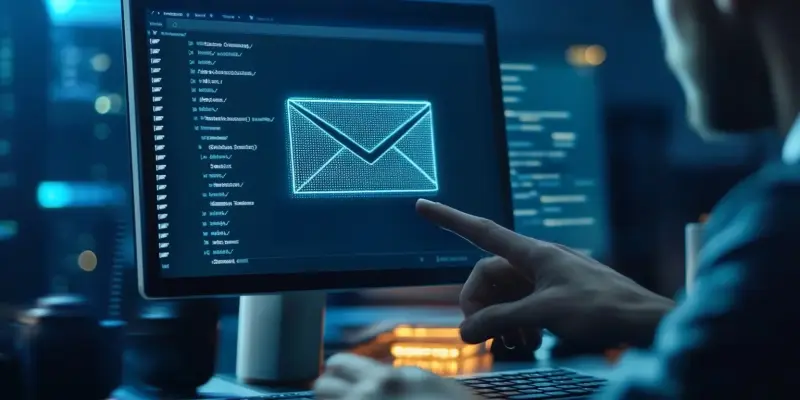Email security has become a critical concern in our increasingly digital world, as cyber threats grow ever more sophisticated. Amid these challenges, the Domain-based Message Authentication, Reporting, and Conformance (DMARC) standard has emerged as a pivotal tool for safeguarding email communications. DMARC aims to confirm the authenticity of email senders, reducing the likelihood of successful email spoofing and phishing attacks. This article delves into the significant progress achieved following Google’s and Yahoo’s mandate for DMARC adoption by bulk email senders, examines the ongoing challenges in email security, and explores the broader implications of DMARC in combating cyber threats.
In February 2024, Google and Yahoo made a game-changing move by requiring all bulk email senders—entities sending more than 5,000 emails daily—to adopt DMARC. DMARC utilizes two foundational technologies: Sender Policy Framework (SPF) and DomainKeys Identified Mail (DKIM). Since the mandate, DMARC adoption rates have surged. In fact, the number of domains implementing DMARC has doubled within a year. Data published by Red Sift on February 5, 2024, indicates that an additional 2.3 million domains have embraced DMARC. However, despite this promising progress, approximately 87% of domains still lack DMARC records.
Countries such as Austria, Japan, and Indonesia have demonstrated the highest growth rates in DMARC adoption. Sean Costigan, managing director of resilience strategy at Red Sift, emphasizes that DMARC adoption serves as an indicator of cyber maturity across various industries. Despite these challenges, widespread adoption of DMARC can have a transformative impact by significantly reducing spoofing, phishing, and other cybercrimes.
The implementation of DMARC by tech giants like Google has shown undeniable results in bolstering email security. In 2024, Gmail users experienced a remarkable reduction of 265 billion unauthenticated emails, translating to a 65% decrease. This substantial drop in unauthenticated emails signifies a significant reduction in potential phishing and spoofing attacks. Neil Kumaran, group product manager at Google, highlights that these improvements reflect a major enhancement in the overall health of the email ecosystem.
Regulatory frameworks have played a crucial role in accelerating DMARC adoption across different sectors. The latest version of the Payment Card Industry Data Security Standard (PCI DSS) version 4.0 mandates DMARC for organizations handling credit card information. Costigan from Red Sift points out that mandatory regulations and legislation often serve as tipping points for organizations.
The effectiveness of DMARC is evident in its rapid adoption rate compared to other cybersecurity standards like DNSSEC and IPSEC. Roger Grimes of KnowBe4 emphasizes that DMARC has emerged as the most widely implemented cybersecurity standard introduced over the past decade. Despite its strengths, the success of DMARC does not mean that email threats have vanished entirely. While DMARC significantly reduces the success of email spoofing attempts, it should be part of a comprehensive cybersecurity strategy that includes multiple layers of defense.
Another prevalent technique used to dodge DMARC is known as “subdomailing.” Costigan from Red Sift warns that “subdomailing” exploits these gaps, making the deceptive emails appear legitimate and difficult to detect.
Despite these challenges, the use of DMARC provides companies with greater visibility into their email traffic, thanks to its reporting function. Furthermore, companies can complement their DMARC implementation by adopting Brand Indicators for Message Identification (BIMI). The adoption of BIMI can serve as an additional layer of security, reinforcing the legitimacy of email communications and further combating phishing and spoofing attacks.
Email security has become a paramount issue in our increasingly digital world, as cyber threats continue to evolve and become more sophisticated. The implementation and consistent use of DMARC have significantly enhanced email security protocols, providing a robust defense mechanism against malicious email activities. However, as cyberattacks continue to grow more advanced, continuous efforts are necessary to adapt and strengthen email security measures.

